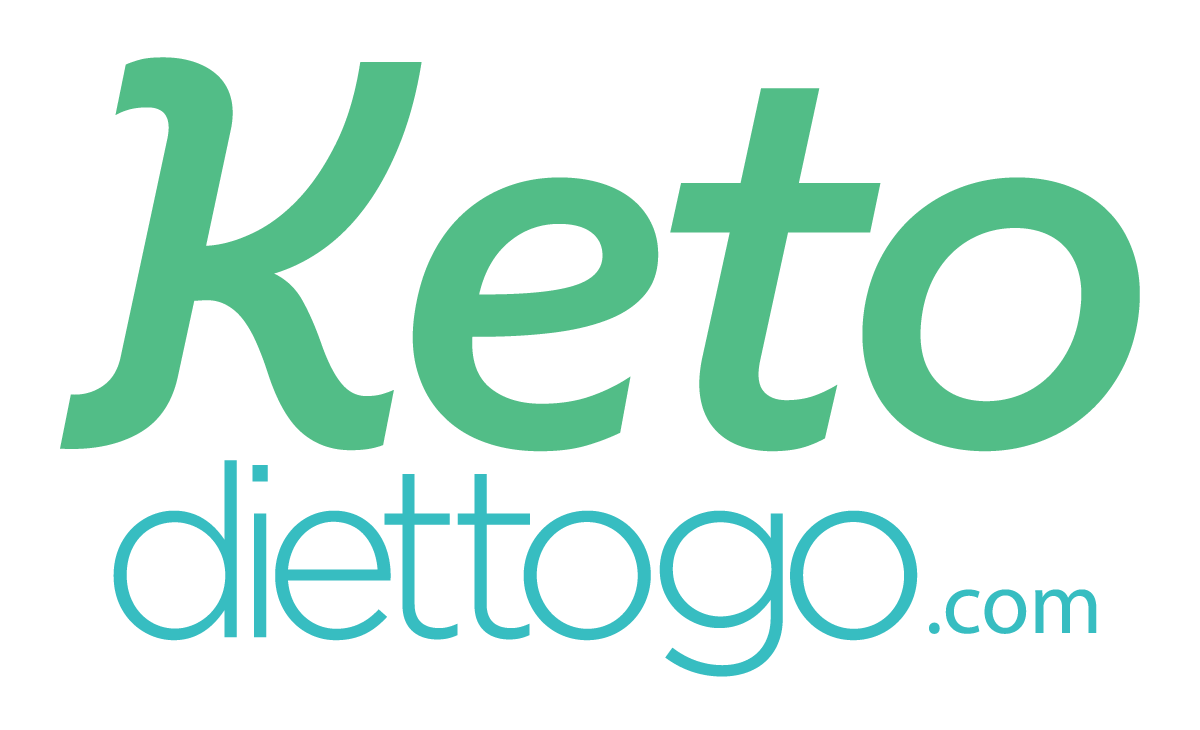Stock Up to Slim Down: 5 Foods to Keep on Hand
Sep 10, 2010
So now that the holiday eating festival is behind us, it's time for the slim-down phase. As you try to trim down after the holidays, there is nothing new – no magic potion or miracle procedure – about the process of losing weight.
It is all about reducing your calorie intake.
However, readjusting your appetite can be difficult to accomplish without feeling hungry when you cut back on your caloric intake. The secret for success here is to reduce the calories while managing the hunger at the same time.
What we are talking about here is introducing foods into the diet that provide satiety. Satiety is a fancy word that simply means a pleasant feeling of fullness and the corresponding reduction of hunger.
Researchers who studied satiety have found that foods that fill your stomach faster and/or remain in your stomach longer do a better job of holding off hunger.
Foods that contain large amounts of fat, sugar, and/or starch have low fullness factors, therefore they are much easier to overeat. This explains why it's hard to stop at just one or two chocolates when you have an entire box in front of you.
Foods that contain large amounts of water, dietary fiber, and/or protein have the highest fullness factors. Examples of these foods include vegetables, fruit, and lean meats. When was the last time you gorged yourself on fruits, veggies or meats?
Let’s take a look at 5 key foods to have in your kitchen this month as you work towards a slimmer you.
Stock Up to Slim Down: 5 Foods to Keep on Hand
Eggs
Eggs are a low-calorie, high protein choice.
A 2005 study titled "Short-Term Effect of Eggs on Satiety in Overweight and Obese Subjects," published in the Journal of the American College of Nutrition, showed that including an egg at breakfast caused participants to feel fuller, and eat 400 fewer calories throughout the day. Eggs contain high-quality protein – a major contributor to food satiety.
Beans
Eat one or more varieties of inexpensive, easily accessible beans each day. It's easy if you try.
Lentils and white, black, kidney and garbanzo beans adapt well to a number of hot and cold dishes. Beans are high in protein and fiber, as well as iron and calcium.
Fiber and protein are major contributors to food satiety. Because beans are absorbed slowly, you'll feel fuller for longer.
Greek Yogurt
Experiment with the many different brands of Greek-style yogurts on the market.
Grab the fat-free Greek-style yogurt which is packed with 13-18 grams of protein per 6 ounce container.
Greek yogurt is a very low calorie but satisfying treat with all the protein compared with a standard yogurt which is only 5-8 grams of protein per serving.
Vegetables
Keep plenty of ready to snack veggies on hand and be sure to add them to your meals to provide more bulk to the dining experience.
Vegetables are packed with water and fiber to keep you full longer. The other great news: you can eat a large portion for very few calories.
Convenient vegetables to have available are carrot sticks, cucumber slices, cherry tomatoes and celery.
Potatoes
Be sure to make potatoes part of your diet.
Dr. Susanna Holt of the University of Australia compiled "The Satiety Index," a list of foods ranked according to their ability to satisfy. The foods that made the list did not just temporarily stifle hunger; they kept the eater full longer.
Results were measured by feeding participants a 240-calorie serving of one of 38 foods, then asking them to eat from a buffet a few hours later. Respondents' hunger levels were measured every 15 minutes, as well as the amount of food they ate from the buffet.
The satisfaction level for consuming potatoes came out on top due to their bulk and density. However, the way they were prepared was important: french fries fared much worse than their dense, boiled counterpart!
In addition to choosing foods higher in protein and fiber, you may want to try smaller, more frequent meals. The more often you eat throughout the day, the less hunger and the more satiety you will experience between meals.
NOTE: More meals does not mean MORE FOOD. Start with your acceptable calorie level and break it down into 5 or 6 smaller meals.
When you are less hungry at the start of each meal, you will tend to eat less.
Also, never skip breakfast. When you skip breakfast, you are usually extremely hungry later in the day. Consequently, you'll eat much more.
Research shows that eating breakfast results in a feeling of satiety that causes you to eat less during the rest of the day. A study published in the American Journal of Clinical Nutrition found that women who ate breakfast voluntarily consumed roughly 100 fewer calories throughout the entire day than women who skipped breakfast.
Rebecca Mohning is a Registered Dietitian and an Exercise Physiologist who believes that we can change our metabolism and achieve optimal health through proper nutrition and regular exercise. She has a Master's Degree in Exercise Physiology and a Bachelor's of Science in Dietetics from Iowa State University. She is a certified Personal Trainer by the American College of Sports Medicine. She specializes in weight management, performance nutrition, and eating disorders.









